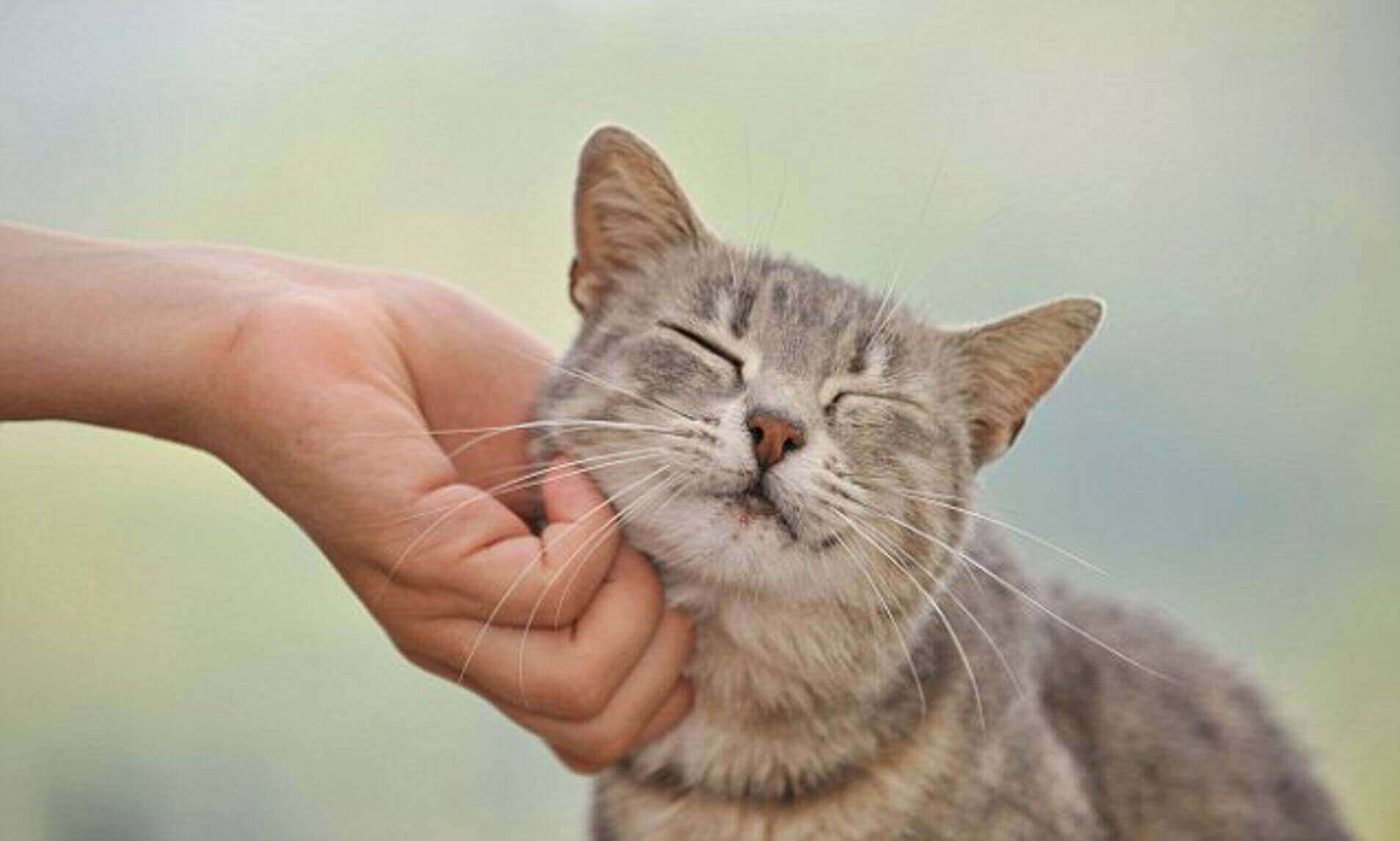FSB, Street No. 22, Punjab, Pakistan
As a responsible cat owner, you should regularly check your cat’s vital signs, including its heart rate. Below are the 6 indicators of health that you should be monitored monthly.
- Cats typically have a heart rate of 140 to 220 beats per minute.
- The average feline body temperature is between 100 and 102.5 degrees Fahrenheit.
- The average feline takes twenty to thirty breaths per minute.
- Teeth: A healthy cat has pink gums and white, unbroken teeth.
- Weighing in at around 10 pounds, the average cat is between 8 and 10 pounds.
- Keep an eye out for any changes in your cat’s behavior that could suggest she’s sick.
One of the things that make cats so appealing to those of us who adore them is the air of mystery and autonomy they exude. But when it comes to diagnosing your cat’s health, secrecy loses its allure and can even add unnecessary complexity.
Cats are experts at disguising their pain, and they often show no outward symptoms of illness or injury. The truth is that a year is plenty of time for problems to develop and escalate, and unfortunately, illness and injury often seem to surface on the weekend when your vet’s office is closed, even if you bring your cat in for annual checkups.
What should a worried cat owner do?
Besides taking your cat to the vet once a year or twice a year, is there anything else you can do to monitor his or her health?
Or to avoid the hassle and expense of an unplanned emergency visit?
Fortunately, yes!
If you know how to take your cat’s temperature, pulse, and respiration rate, you’ll have a starting point for evaluating her overall health and a means of checking in if you have concerns. It’s also helpful to be familiar with the warning signs of common cat health problems so you can identify an issue early on.
It should go without saying that a home health check for your cat is no substitute for professional medical care. In regards to your cat’s health, your vet is, without a doubt, the best resource there is. Moreover, preventative care is much more cost-effective than emergency care in the event of an illness or injury.
Cats are notoriously good at hiding their distress, which means that by the time you notice any symptoms, it may be too late to do anything about the problem without spending a fortune. Therefore, it is important to learn how to check their vitals as a means of detecting potential issues early on.
Checking Your Cat’s Heart Rate and Temperature at Home
Take your cat’s pulse.
Just like you would take your own pulse to check your own health, you can do the same for your cat. Cats have a good pulse point on their left side, just behind their front leg. Find a steady pulse by feeling around with one hand. She won’t realize that you’re not just petting her if you do it softly, and she’ll be much less likely to object. Methods for calculating her pulse include counting her heartbeats for one minute or for fifteen seconds and multiplying the result by four.
The typical range for a cat’s heart rate is from 140 to 220 beats per minute. Your kitty’s resting heart rate will be on the lower end of that scale. Check with your vet if you notice that your cat has a heart rate that is abnormally slow, fast, or irregular.
Measure Your Cat’s Body Temperature
It is possible that you will use a traditional rectal thermometer to check your cat’s temperature. Most cats will not tolerate having something inserted into their tails without a fight, so this is a job that requires at least two people. Be sure to apply plenty of lubricant to the end before inserting the recommended 1 to 2 inches. If using a digital thermometer, wait for the device to beep when the temperature has been reached. If you don’t want to risk an inaccurate reading, you should wait about 2 minutes. Or, you could use an animal-specific thermometer.
A thermometer that can be inserted into your cat’s ear is another option, and it’s likely to be much less stressful for the cat or the cat’s parents. Ear thermometers for animals are also commercially available.
You should get in the habit of taking your healthy cat’s temperature regularly. If she ever develops health problems, you will have something to compare to.
Perhaps you’ve wondered, “What is a normal cat temperature?” When you see that your cat has a temperature that’s slightly higher than what you’d expect for yourself, don’t freak out; this is normal. Body temperatures between 100 and 102.5 degrees Fahrenheit are ideal for cats. Check with the vet if your cat’s temperature is significantly higher or lower than that.
Measure the Cat’s Breathing Rate
Cat vitals include respiratory rate. Count your cat’s breaths per minute to determine her respiratory rate. It’s easiest when she’s standing and relaxed. You’ll know she’s breathing when you see her sides move in and out, or when you feel the movement with your hands. One minute, count your cat’s breaths. Cats breathe 20 to 30 times per minute. If your cat is breathing quickly or panting and hasn’t been playing hard, it may be sick.
Check your cat’s teeth
Gum disease hurts cats’ health and well-being. Healthy cat gums should be pink, not red, swollen, or bleeding. Cat teeth are white, clean, and chip-free, just like human teeth. Dental problems in cats cause bad breath, drooling, pawing at the mouth, and trouble eating. If your cat has mouth problems, see a vet.
Start by touching her mouth while cuddling, then gradually pull up her lip and touch her teeth. Using a cat toothbrush that slides over your finger may make teeth-cleaning easier.
Weight Watch
Half of the cats are overweight, and a quarter is obese. Excess weight can cause a variety of health problems, so cat parents should watch their pet’s waistline.
Is your cat overweight?
A healthy cat weighs between 8 and 10 pounds, though this varies widely. Some cat breeds are naturally slimmer or heavier.
To check your cat’s weight, place your hands over her ribs. Having no ribs means she’s overweight. If her ribs show, she’s underweight. Overweight cats have trouble grooming their rear ends and lower backs, so if you notice your cat neglecting these areas, it may be due to her weight. Overweight cats may have a swinging paunch and snore.
Even if your cat is a healthy weight, monitor her body condition because weight gain or loss can indicate underlying health issues. Cat diabetes can cause appetite-less weight loss.
Health and Personality of an Oriental Shorthair Cat




